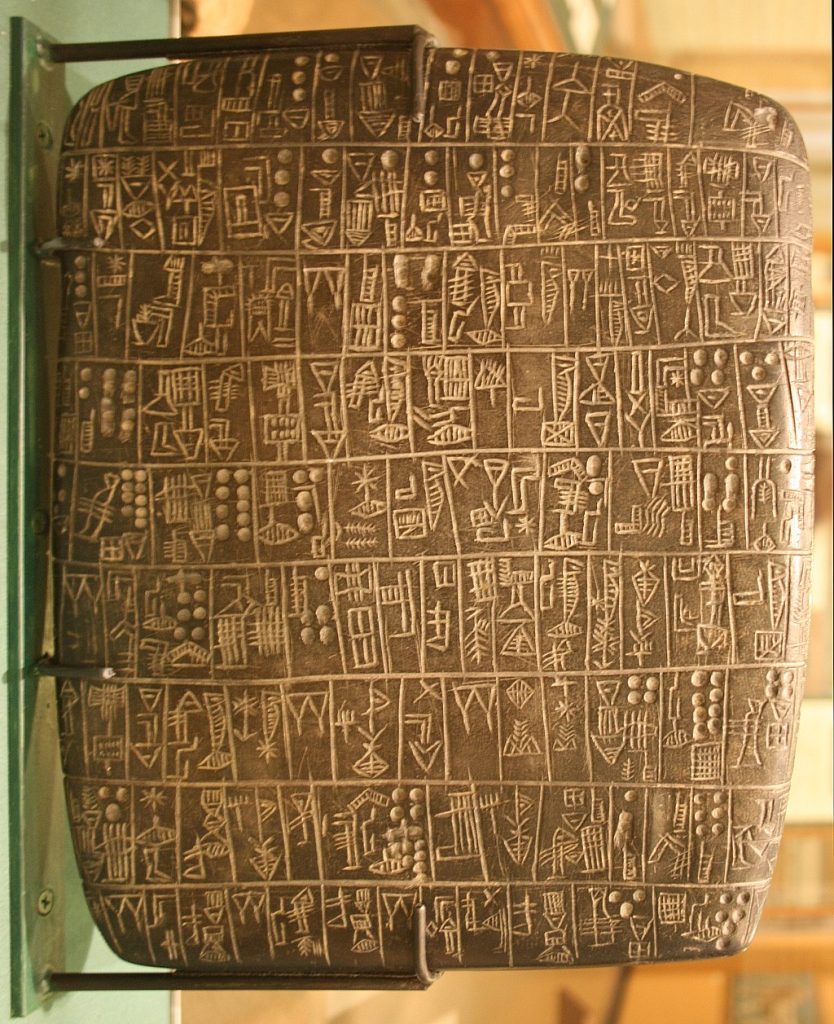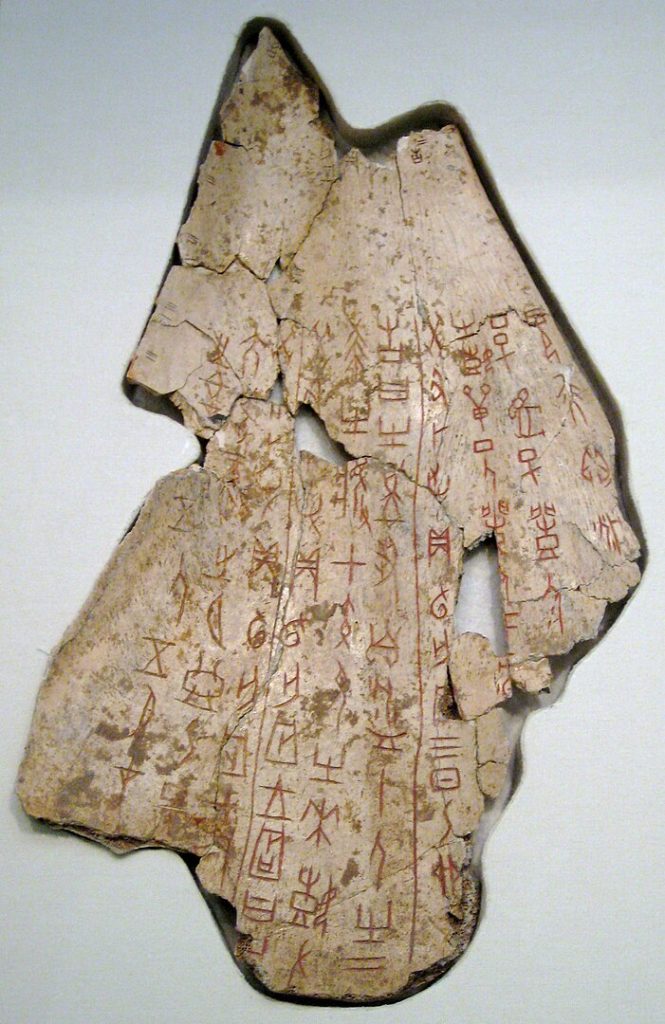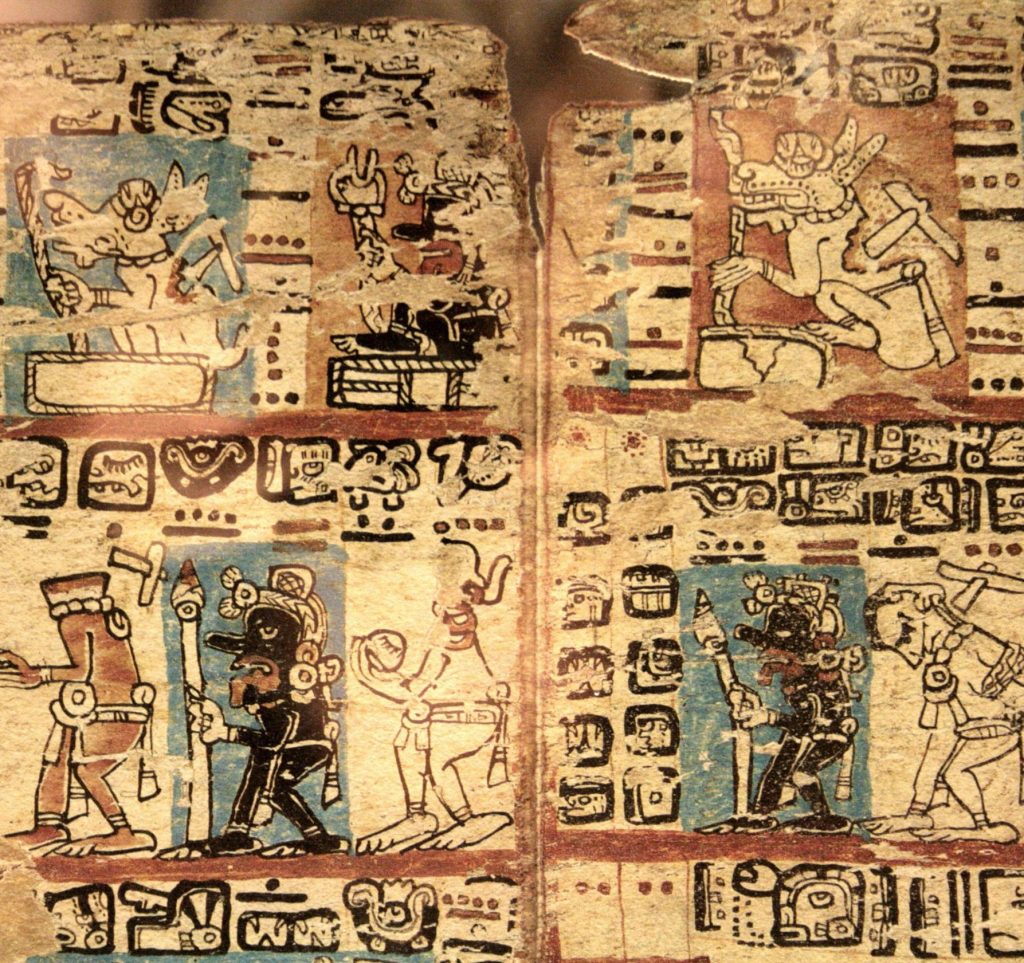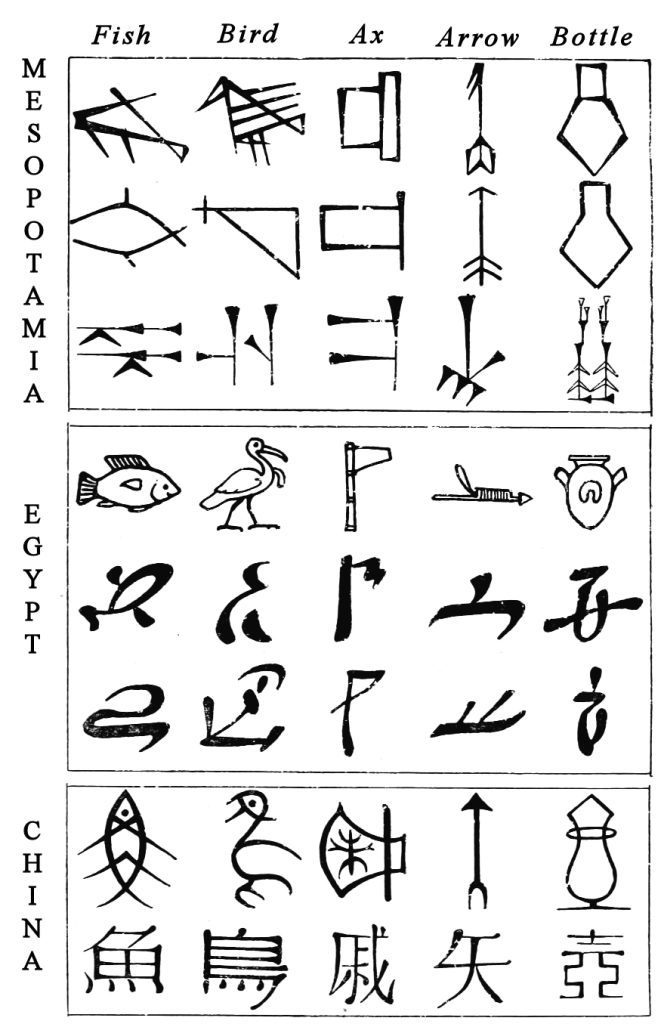Part 1: Sustainability in Sumerian & Indigenous Oral Traditions
How Do the Origins of Ancient Songs, Origin Stories, & the Epic Address Sustainability?
Featured Chapters
- Chapter One On Literary Traditions of Early Poetry, Songs, & the Hymn with Intersections on Gender Equality, Reducing Inequality, Quality Education, and Peace & Justice
- Chapter Two On the Storytelling Traditions of Indigenous Communities with Intersections on Sustainable Communities, Sea Life, Life on Land, Peace & Justice, and No Poverty
- Chapter Three On the Epic of the Maya & West Africa with Intersections on Sustainable Communities, Responsible Consumption and Production, Life on Land, Peace & Justice, & Clean Water
Introduction of Part One
Outcomes and Skills Practiced
- Close read & take notes on literary traditions, key terms, the hymn, origin stories, the epic, and on themes that intersect with concerns on sustainability
- Activities & writing assignments offer practice in textual analysis & critical reading skills
We belong to nature on the grounds of our bodily existence,
and to the extent that the totality of our organic life is governed by
biological and biochemical processes, we do not differ from other living
organisms which partake of the great chain of being. And yet, on the
other hand, Nature keeps confronting us with the
experience of something completely different from ourselves.
Atle Kittland, Nature: Literature and Its Otherness




Sumerian Cuneiform – Oldest language known, 2900 BCE CC, Maya Codex 1400s / Storytelling by Pamela Bond. Licensed under CC BY-NC-SA
Media Attributions
- Sale of a number of fields © Wikipedia is licensed under a CC0 (Creative Commons Zero) license
- Oracle bone recording divinations © Wikipedia is licensed under a CC BY-SA (Attribution ShareAlike) license
- Madrid Codex © Wikipedia is licensed under a CC0 (Creative Commons Zero) license
- Pictograms to characters © Wikipedia is licensed under a CC0 (Creative Commons Zero) license

